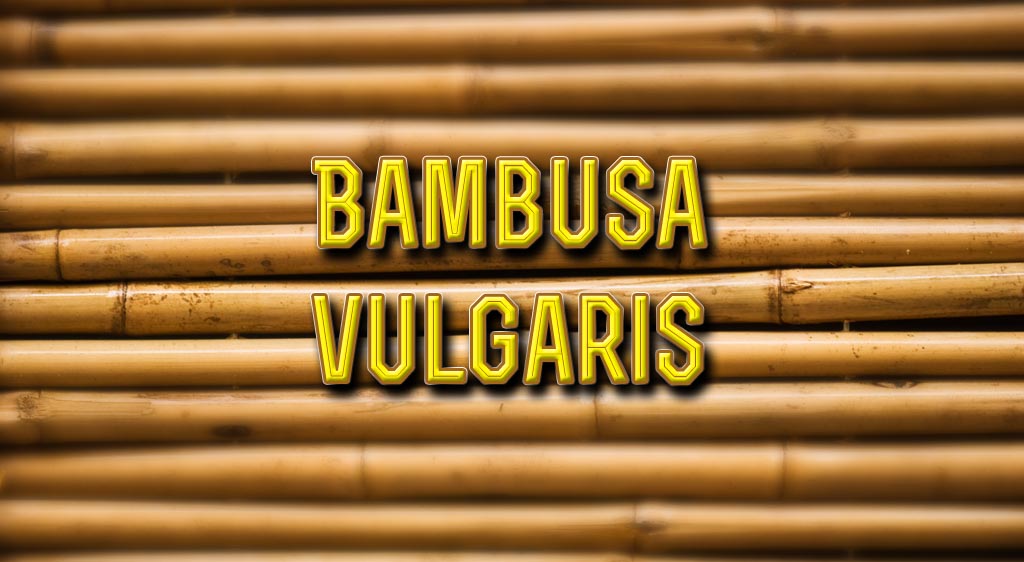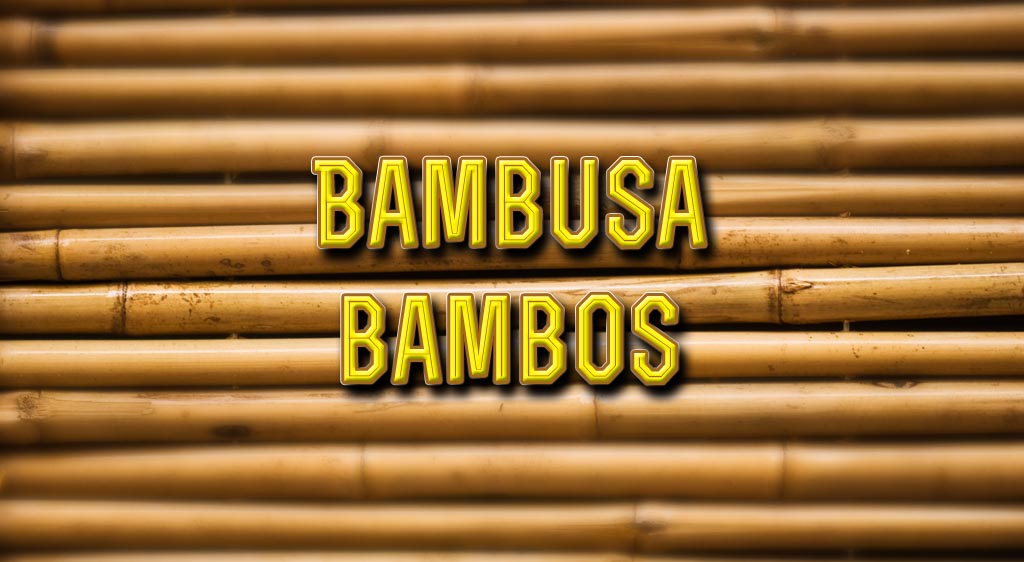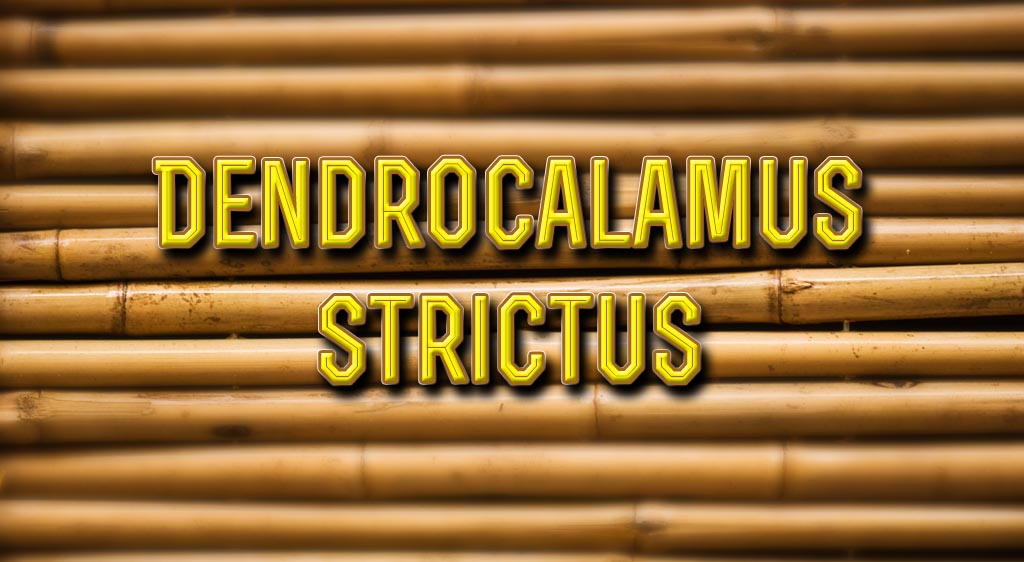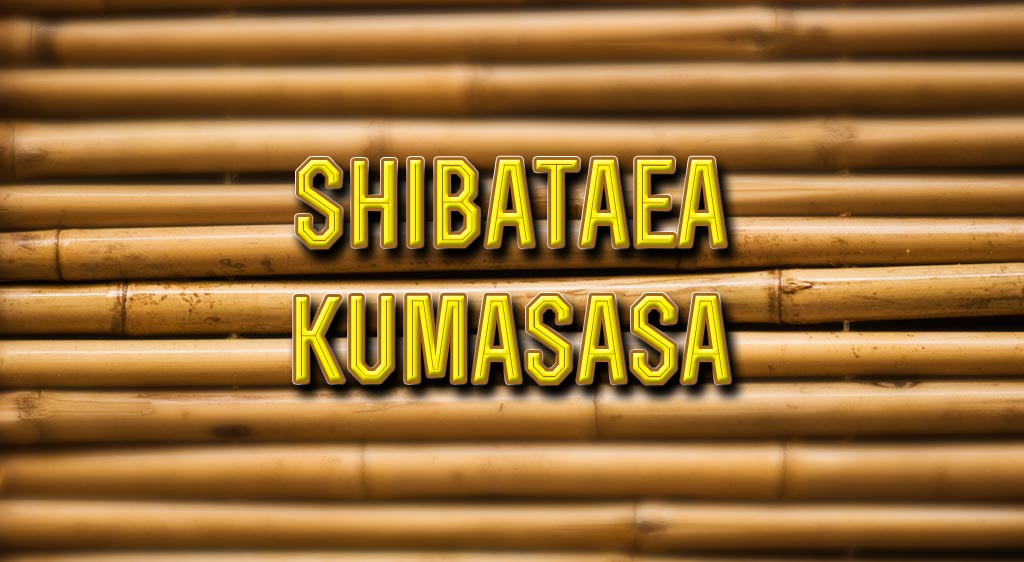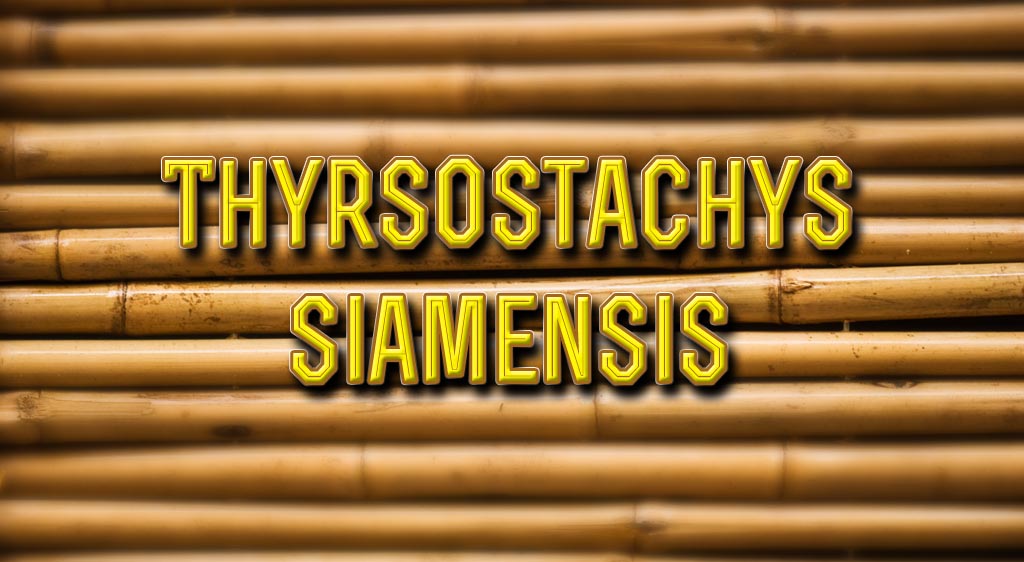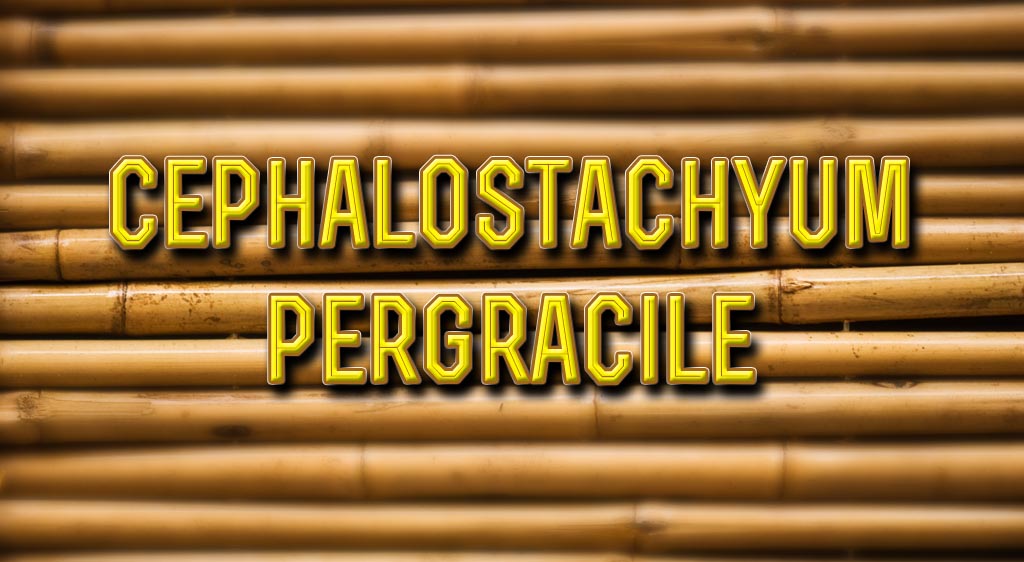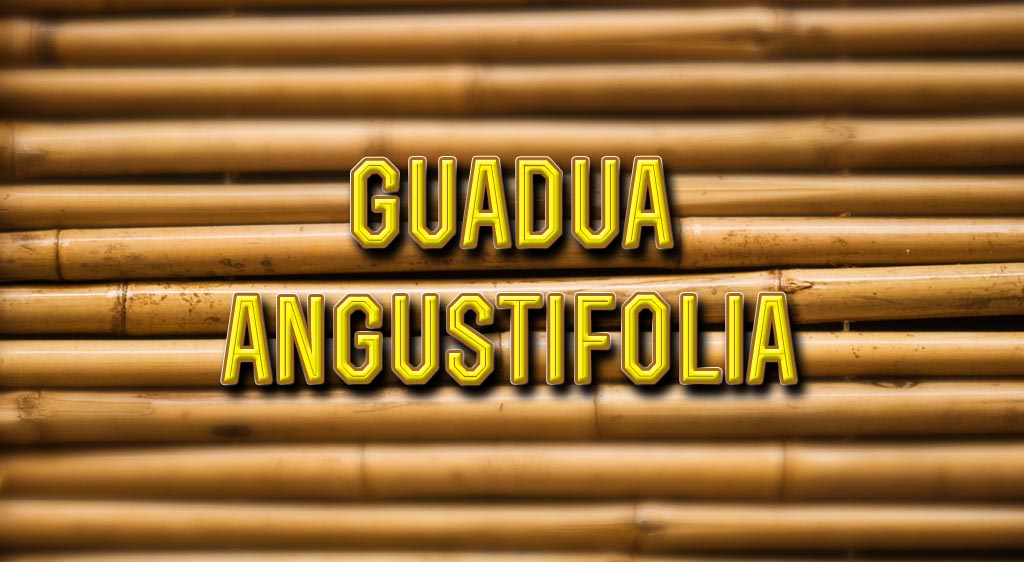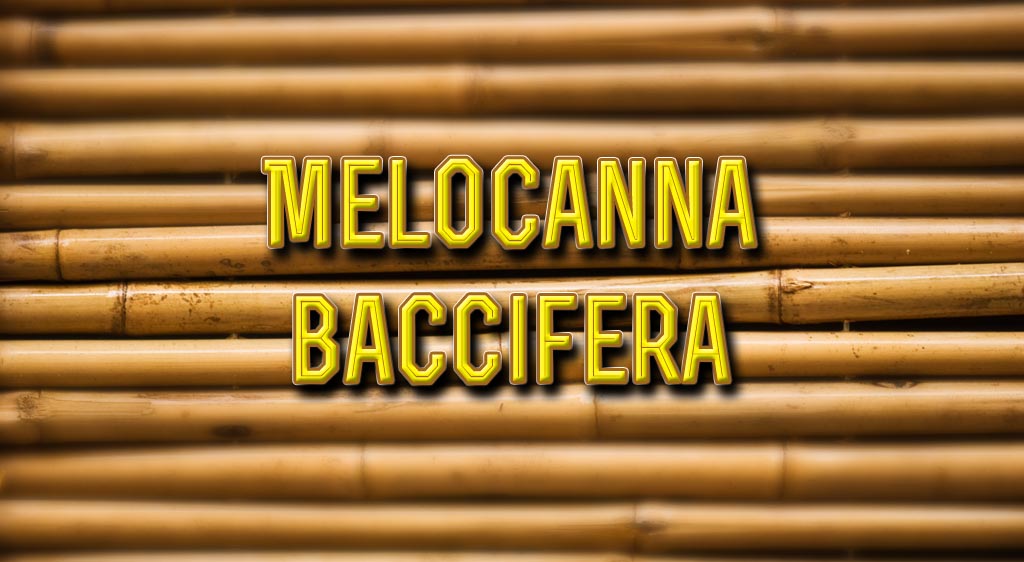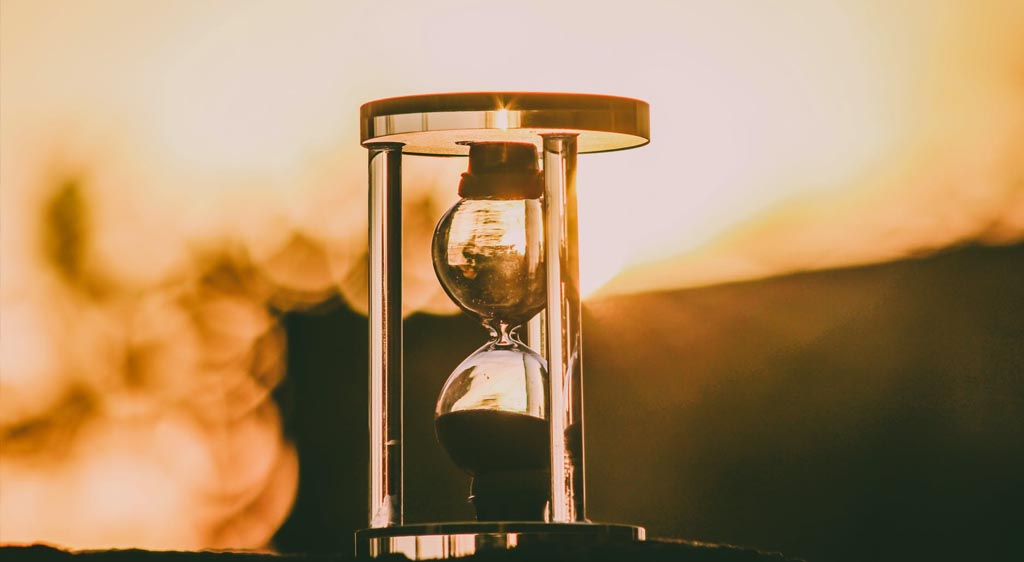List of Bamboo Trees
Bamboo trees are strongly associated with Asia, but they are native to all other continents except Europe and Antarctica. They thrive in various habitats, particularly forests, as well as temperate and tropical climates. The height of the various bamboo trees can range from only a few centimeters to about 30 m. Likewise, their diameter can reach up to 30 cm. Bamboo trees are strongly associated with Asia. Technically, bamboos are grasses, but because they are woody and large, they appear like a common tree. Moreover, since they are woody, bamboo can be a substitute for timber to build various structures like rafts and shelters which are prevalent in the Asia-Pacific region. The seeds of some bamboo species can even be eaten as grain and young shoots of other species can also be cooked and eaten as vegetables. Other uses of some bamboo trees include paper making and traditional medicine. Today, bamboo has received stronger attention because of its other applications which are both economically and environmentally friendly. It is already common to see bamboo toothbrushes, straws, and even bamboo mattresses.
Highlights on Bamboo Trees
- There are about 1,500 species of bamboo trees.
- In 2018, the global bamboo market was worth USD 68.8 billion.
- Asia-Pacific bamboos have 60% of the global revenue share.
- Yibin City in China has the largest bamboo forest, which:
- Covers 200,000 hectares
- Has over 400 bamboo species
- Some species of bamboo can grow as fast as 91 cm per day, making them the fastest-growing plant.
- Bamboo trees only take 3 to 5 years to mature.
- About 62% of all bamboo trees are native to Asia.
List of Bamboo Trees
1. Bambusa vulgaris
The Bambusa vulgaris is also known as the “common bamboo”. It is native to Asia, likely in the tropical and subtropical regions such as Indochina and Yunnan, China. Several countries in the world, particularly the pantropical, cultivate B. vulgaris. This bamboo is especially prevalent in East, South, and Southeast Asia, as well as tropical Africa. B. vulgaris has several uses among the list of bamboo trees, giving it economic significance. Some of its uses include construction such as for houses, scaffolding, boats, furniture, handicrafts, musical instruments, weapons, and many more. The young shoots are edible and are part of various dishes. Its diversity of uses appears to be only limited by the imagination. It is also an excellent raw material for paper pulp, producing paper with good tear strength.
B. vulgaris grows well in moist, lowland, tropical areas. The ideal temperatures are between 22 and 28°C, but it can tolerate as low as 9°C and as high as 32°C. It prefers soil that is moist, fertile, humus-rich, and with a pH between 5 and 6, but it can tolerate some other soil types as well as pH 4.5 and 6.5. It also prefers full sun or speckled with shade in warm humid conditions. Wild B. vulgaris are common by riverbanks, roadsides, wastelands, and open ground. It can grow 15 to 20 m tall with a diameter of 40 to 120 mm.
2. Bambusa bambos
Bambusa bambos has several other names. Some of the names that people know it include the giant thorny bamboo, thorny bamboo spiny bamboo, or Indian thorny bamboo, simply because it has thorns on its culm. Like B. vulgaris, B. bambos also has seemingly endless purposes that include the construction of houses, boats, furniture, bridges, etc. It is also good for making paper. The young shoots are edible and are usually boiled twice to remove bitterness. B. bambos is native to and is cultivated in India, Southeastern Asia, and Southern China. It is especially cultivated in East Java, Singapore, Malaysia, Thailand, and the Philippines.
B. bambos grows well in humid tropical lowlands and in moist fertile soil, but the natural habitat is ironically dry areas with poor soil in deciduous hill forests. The ideal soil pH is between 4.5 and 6.5, but it can tolerate pH 4 and 7. The ideal temperatures are between 22 and 30°C, but it can tolerate as low as 8°C and as high as 36°C. B. bambos prefers speckled shade, but it also grows in full sun. It can grow 30 m tall or more with a diameter of 15 and 18 cm.
3. Dendrocalamus strictus
Dendrocalamus strictus is also known as male bamboo, solid bamboo, and Calcutta bamboo. It is native in the tropical regions of Asia, particularly the Indian subcontinent, which includes Bangladesh, India, and Nepal, and Indochina, which includes Myanmar and Thailand. However, it is cultivated in temperate countries such as China, Taiwan, and the United States as well as other tropical countries like Vietnam, Indonesia, Puerto Rico, and the Philippines. The uses of D. strictus is again similar to B. vulgaris.
D. strictus prefers tropical and subtropical areas. It adapts to a wide range of temperatures and even tolerates occasional frosts as low as -5°C and heats as high as 45°C. It grows well in full sun and light shade. In contrast to B. vulgaris and B. bambos, D. strictus prefers well-drained, poor, coarse, grained and stony soils, but it does well on many other soil types as long as there is good drainage. It does not grow on water-logged or heavy soils such as clay or a mixture of clay and lime. The ideal soil pH is between 4.5 and 5.5, but it can tolerate pH 4 and 6.5. It can grow between 6 and 20 m tall with a diameter of 25 to 75 mm. Mature D. strictus can resist droughts. In India, D. strictus grows in semi-dry and dry deciduous forests. It grows on hill slopes, ravines and alluvial plains from sea level up to 1,200 m.
4. Shibataea kumasasa
Shibataea kumasasa is originally from Southern Japan It is also commonly known as ruscus bamboo or ruscus-leaf bamboo because its leaves are similar to those of plants in the Ruscus genus, and zigzag bamboo because of the zigzag leaf arrangement. This bamboo is small, only being able to grow around 100 to 150 cm tall with a diameter of 3 to 5 mm. Its use is mainly ornamental. When it comes to temperature, S. kumasasa is a resilient among the list of bamboo trees, as it can tolerate temperatures as low as -23°C. It grows well in light to deep shade and in well-drained, humus-rich soil, but it can tolerate clay with good drainage or sandy soil with ample watering. Once it is mature, it is resistant to droughts.
5. Thyrsostachys siamensis
Thyrsostachys siamensis is also known as Thai bamboo, pole bamboo, monastery bamboo. It is also known as umbrella bamboo or umbrella-handle bamboo because it is commonly used to make umbrellas and their handles. T. siamensis is native to Yunnan, Myanmar, Laos, Thailand, and Vietnam. It is cultivated in those countries and in other Southeast Asia countries. Its uses are similar to B. vulgaris. T. siamensis is also one of the best edible bamboos. Its young shoots are commonly consumed in Thailand and are processed as other food products.
T. siamensis prefers moist tropical areas with temperatures between 20 and 29°C, but it can tolerate as low as 15°C and as high as 34°C. Interestingly, it prefers clay soil and often grows in dry or semi-evergreen forest on poor soils. However, it can still grow in sandy or loam soil as long as it is well-drained. T. siamensis prefers a pH between 6 and 6.5, but it can tolerate pH 5.5 and 7. It grows well with full sun or light shade. T. siamensis can grow between 8 to 14 m tall with a diameter of 20 to 75 mm.
6. Phyllostachys edulis
Phyllostachys edulis is also known as moso bamboo and tortoise-shell bamboo. It is originally from China, where most of the moso bamboos in the world are. It is also a versatile bamboo with several uses like B. vulgaris. The young shoots are edible. This trait is indicated by the name “edulis”, which is Latin for “edible”. P. edulis prefers a moist rich soil, but it can tolerate even sandy and clay soils. P. edulis is a hardy plant that can grow in acid or alkaline soils. It can grow up to 28 m.
7. Cephalostachyum pergracile
Cephalostachyum pergracile is also known as Tinwa bamboo. C. pergracile is native to southern China, India, Bangladesh, Myanmar, Thailand, and Vietnam. This bamboo also has several uses that range from construction to eating. The canes are even used as cooking vessels. C. pergracile prefers moist and well-drained soils, but it can tolerate sandy and clay soils, as well as acid and alkaline soils. It also prefers the speckled shade of woodland. Its growth is stunted in dry forests. C. pergracile can grow as tall as 30 m. During the peak growth time, it can grow 30 cm per day.
8. Guadua angustifolia
The Guadua genus of bamboos has about 30 species. It is common in the tropical Americas Guadua angustifolia is only native to Colombia, Ecuador, and Venezuela. Its main purpose is construction as there is no evidence that its shoots are edible. G. angustifolia prefers moist well-drained soil, but it can tolerate sandy and clay soils, as well as acid and neutral soils. G angustifolia grows with no shade or light shade. It can reach about 25 m in height.
9. Melocanna baccifera
Melocanna baccifera is also known as berry bamboo. It is found in Bangladesh, India, Myanmar, and Thailand. It is good for construction as well as eating. M. baccifera also has large fleshy, edible fruits which are the largest in among the list of bamboo trees, as well as all grasses. M. baccifera prefers moist tropical environments with temperatures between 20 and 33°C, but it can tolerate as low as 15°C and as high as 38°C. It also prefers a soil pH between 5.5 and 6.5, but it can tolerate pH as low as 5 and as high as 7. M. baccifera matures by about 2 years and can grow as high as 30 m.
Bamboo Trees History and Statistics
10. The word “bamboo” was coined in by the “Dutch” in the 16th century.
The Dutch invented the term from the Malay word “mambu”.
11. Phyllostachys pubescens can take 120 years to flower.
Phyllostachys pubescens is also known as Moso bamboo, Chinese Mainland Bamboo, and Japanese Timber Bamboo. It originated in China and was brought to Japan. In 999 AD, Chinese scholar recorded P. pubescens. These bamboo trees died, but their seeds sprouted and grew. The new bamboos did not flower until 1114. On the other hand, the Japanese recorded P. pubescens in the early 1700s, and then again in 1844 to 1847. The most recent Japanese recording of P. pubescens flowering was in the 1960s.
12. By the end of the 20th century, dozens of countries had used bamboo for paper milling.
These countries make more than 1 million tons of bamboo paper per year.
13. Bamboo has a tensile strength of 28,000 per square inch (PSI).
In contrast, steel has a tensile strength of 23,000 PSI. The strength of bamboo makes it ideal for construction.
14. Bambusa bambos can form a clump of stems up to about 5 m tall within 7 years from seed.
These bamboos can reach full size after about 20 years. By that time there will be 25 to 50, and possibly even 100 culms.
15. Bamboo can light up for more than 1,200 hours when electrified.
Thomas Edison and his colleague discovered this trait after trying out more than 6,000 other plants. They found carbonized bamboo to be the perfect incandescent element. Not only did the bamboo lit up for so long, it was also cheap.
16. Bamboo can kill 70% of bacteria.
Bamboo has antibacterial properties because of a compound called Kun, Kunh, or bamboo chinone. Bamboo chinone combines with the cellulose molecules during bamboo fiber production. When these bamboo fibers are used in fabric, the fabric keeps the antibacterial properties.
17. Boiled bamboo shoots only has 12 Calories per 100 g.
Per 100 g, bamboo shoots also have the following nutrients:
Bamboo shoots also have 1.49 to 4.04 g. These proteins have 17 amino acids, 8 of which are essential. Bamboo can have 4.32 to 6.51 g of carbohydrates, but, only less than 1 g is starch. The rest is just fiber. There is less than 1 g of fat. Some species even have less than 0.5 g. It also contains vitamins C and E.
18. A panda can eat 12 to 38 kg of bamboo each day.
Bamboos are famous for being the main food source of pandas. However, since they are bears, their digestive system is that of a carnivore, but their diet is mostly vegetarian.
19. In 1942 during World War 2, the British put bamboo scaffolding over the dome of the Taj Mahal.
They did this to protect the Taj from enemy bombers. From the sky, the Taj appeared only as a pile of bamboo.
20. The tallest bamboo sculpture is 50 m high.
This bamboo sculpture is made of 60 tons of bamboo and stands in Bayambang, Philippines and depicts the Catholic saint, St. Vincent Ferrer. A metal frame supports the sculpture from the inside. The sculpture was erected to celebrate the 400th anniversary of the parish St. Vincent Ferrer. The tip of the St. Vincent Ferrer’s finger on his outstretched right arm is the highest point.
Conclusion
From building homes and bridges, to creating woven products, furniture, utensils, to giving delicious and nutritious dishes, the limits of what bamboo can only be hindered by the imagination. Some people and organizations even advocate the idea that bamboos can potentially restore the health of the environment because they can also control erosion, reduce runoff, oxygen production, and more. There is a long list of bamboo trees that are open for research. Such potential applications and benefits should compel governments, scientists, and everyone else to not only appreciate bamboos, but also invest in them.
References
Food and Agriculture Organization:
http://www.fao.org/3/a-a1243e.pdf
Britannica:
https://www.britannica.com/plant/bamboo
Grand View Research:
https://www.grandviewresearch.com/industry-analysis/bamboos-market
International Bamboo and Rattan Organization:
https://www.inbar.int/partneringwithyibin/
China Global Television Network:
Guinness World Records:
https://www.guinnessworldrecords.com/world-records/fastest-growing-plant/
Institute for Ethics and Emerging Technologies:
https://ieet.org/index.php/IEET2/more/pellissier20110511
The Hindi Business Line:
Kew Science:
https://wcsp.science.kew.org/namedetail.do?name_id=399113
Center for Agriculture and Bioscience International:
https://www.cabidigitallibrary.org/doi/10.1079/cabicompendium.8398#touses
Useful Tropical Plants:
http://tropical.theferns.info/viewtropical.php?id=Bambusa+vulgaris
Center for Agriculture and Bioscience:
https://www.cabidigitallibrary.org/doi/10.1079/cabicompendium.8399
Useful Tropical Plants:
http://tropical.theferns.info/viewtropical.php?id=Bambusa+bambos
Feedipedia:
https://www.feedipedia.org/node/496
US National Plant Germplasm System:
https://npgsweb.ars-grin.gov/gringlobal/taxonomydetail.aspx?id=13530
Useful Tropical Plants:
http://tropical.theferns.info/viewtropical.php?id=Dendrocalamus+strictus
Center for Agriculture and Bioscience International:
https://www.cabidigitallibrary.org/doi/10.1079/cabicompendium.8399
Useful Temperate Plants:
http://temperate.theferns.info/plant/Shibataea+kumasasa
North Carolina State University:
https://plants.ces.ncsu.edu/plants/shibataea-kumasasa/
Department of Science and Technology, Philippines:
Plants for a Future:
https://pfaf.org/user/Plant.aspx?LatinName=Thyrsostachys+siamensis
UsefulTropical Plants:
http://tropical.theferns.info/viewtropical.php?id=Thyrsostachys+siamensis
Japan International Research Center for Agricultural Sciences:
https://www.jircas.affrc.go.jp/project/value_addition/Vegetables/100.html
National Geographic:
https://www.nationalgeographic.com/science/phenomena/2015/05/15/bamboo-mathematicians/
Shibata, 2015:
https://pdfs.semanticscholar.org/746d/fa67f06052554f291678ba2a14ad5a3bc7b8.pdf
Department of Science and Technology, Philippines:
http://www.pcaarrd.dost.gov.ph/home/momentum/bamboo/index.php?option=com_content&view=article&id=838:special-characteristics-and-uses-of-bamboo-&catid=118&Itemid=5
Edison Museum:
http://edisonmuseum.org/content3399.html
Afrin et al., 2009:
https://www.tandfonline.com/doi/abs/10.1080/00405000.2014.889872?scroll=top&needAccess=true&journalCode=tjti20
US Department of Agriculture:
https://fdc.nal.usda.gov/fdc-app.html#/?query=ndbNumber:11026
Chongtham et al., 2011:
https://ift.onlinelibrary.wiley.com/doi/abs/10.1111/j.1541-4337.2011.00147.x
World Wide Fund for Nature:
https://wwf.panda.org/knowledge_hub/endangered_species/giant_panda/panda/what_do_pandas_they_eat/
Pune Mirror:
https://punemirror.indiatimes.com/pune/pune-speaks/bamboo-hat-for-the-taj-mahal/articleshow/55859201.cms
Merriam-Webster:
https://www.merriam-webster.com/dictionary/bamboo
Guinness World Records:
Plants for a Future:
https://pfaf.org/user/Plant.aspx?LatinName=Phyllostachys+edulis
Useful Tropical Plants:
http://tropical.theferns.info/viewtropical.php?id=Cephalostachyum+pergracile
Plants for a Future:
https://pfaf.org/user/Plant.aspx?LatinName=Cephalostachyum+pergracile
Useful Tropical Plants:
http://tropical.theferns.info/viewtropical.php?id=Melocanna+baccifera
Govindan et al., 2016:
https://www.nature.com/articles/srep26135
Wong, K. M. (2004). Bamboo: The amazing grass: A guide to the diversity and study of bamboos in Southeast Asia. Kuala Lumpur, Malaysia: International Plant Genetic Resources Institute.
Ohrnberger, D. (1999). The bamboos of the world: Annotated nomenclature and literature of the species and the higher and lower taxa. Netherlands: Elsevier.
Louppe, D., Oteng-Amoako, A. A., & Brink, M. (2008). Plant resources of tropical Africa: Timbers. Vol. 1.
Liu et al, 2018: DOI: 10.5772/intechopen.76485
Lewis, D. & Miles, C. (2007). Farming bamboo: Increase farm income by growing bamboo. North Carolina, USA: Lulu Press.
Liese, W. & Köhl, M. (2015). Bamboo: The plant and its uses. Switzerland: Springer
